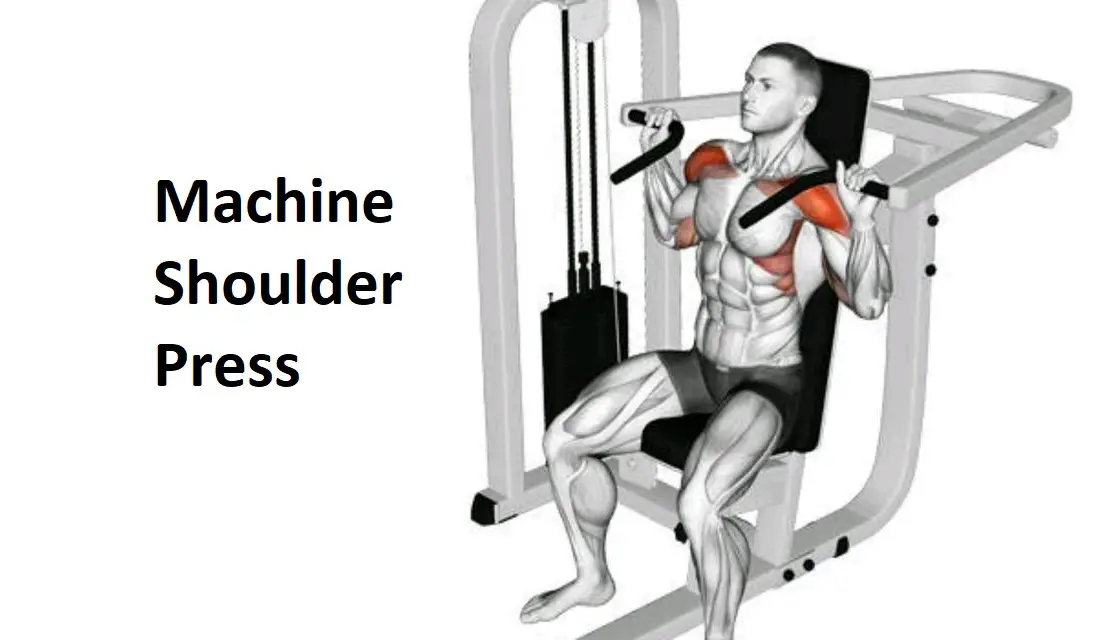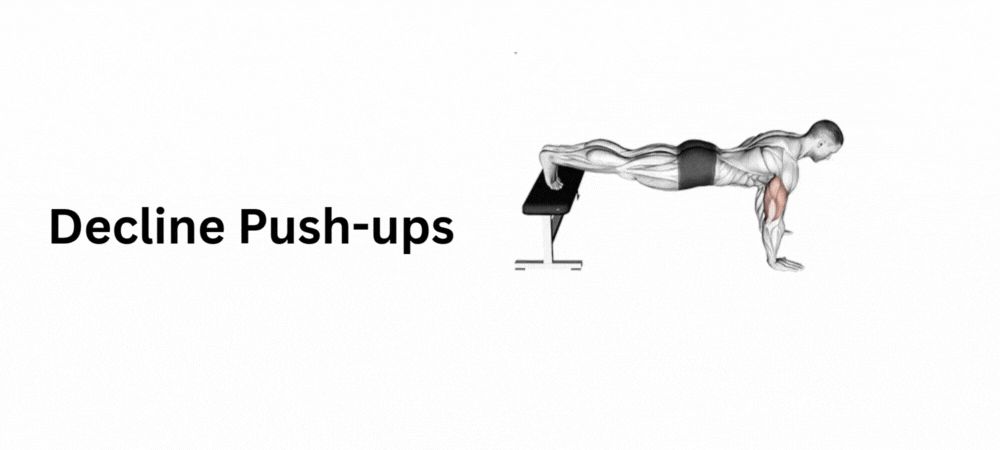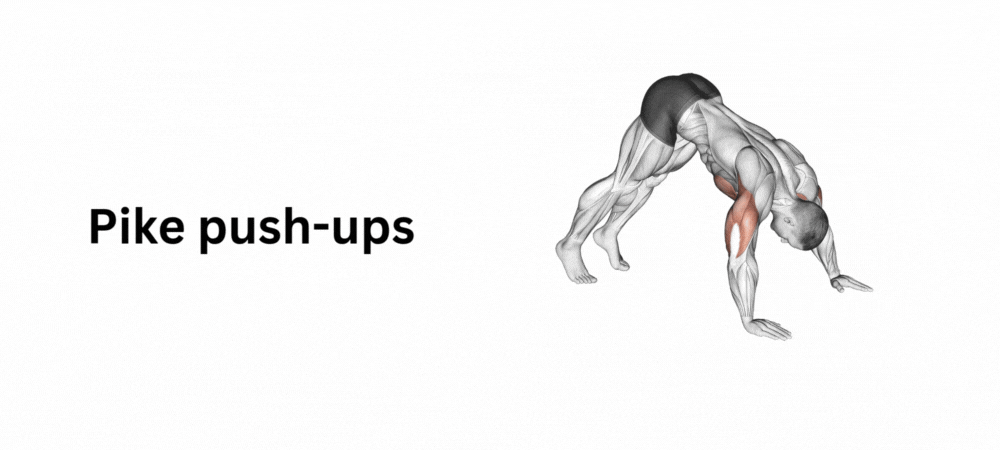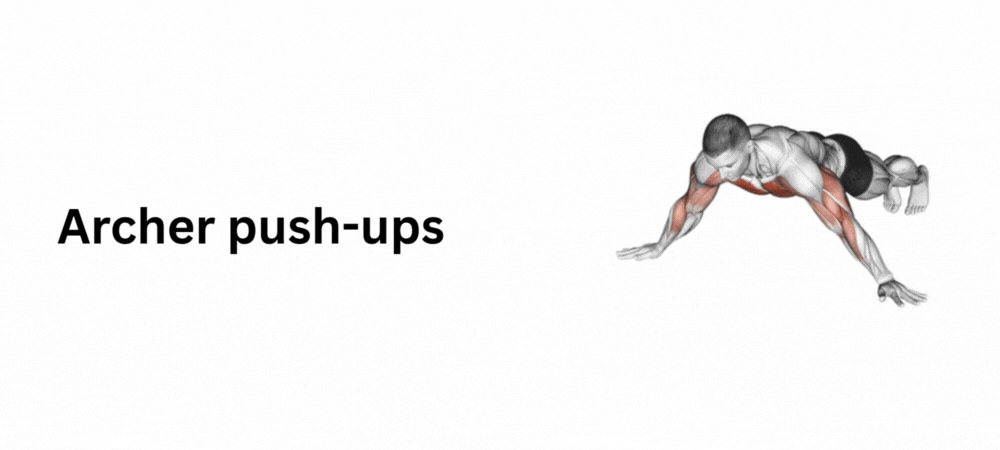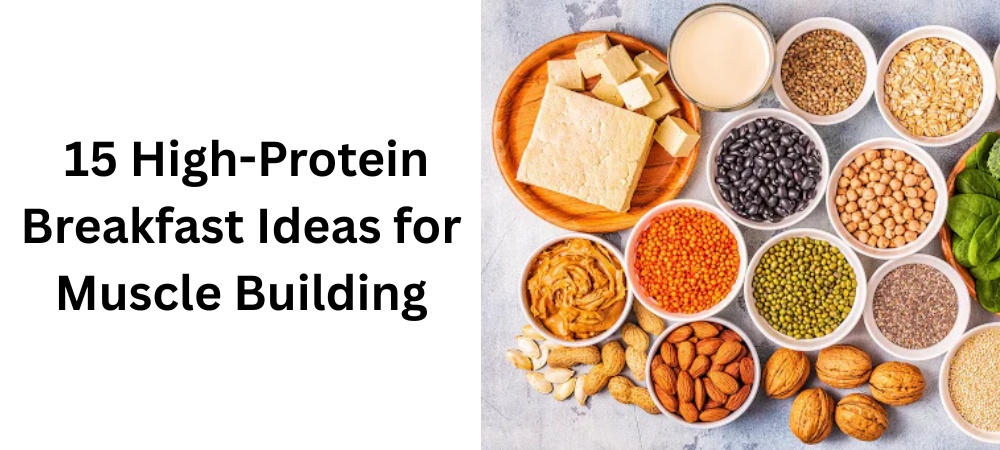The Machine Shoulder Press is a compound exercise that primarily targets the deltoid muscles of the shoulders, along with the triceps and upper chest muscles. In this comprehensive guide, we’ll explore the correct technique, benefits, alternatives, and other essential details associated with the Machine Shoulder Press.
Instructions
Setup:
- Seat Adjustment: Adjust the seat height and backrest angle of the shoulder press machine to fit your body comfortably. Ensure that your feet are flat on the floor or footrests.
- Grip Position: Grasp the handles of the machine with an overhand grip (palms facing forward) or a neutral grip (palms facing each other), depending on the design of the machine.
Execution:
- Lifting Motion: Exhale as you press the handles upwards until your arms are fully extended overhead. Keep your elbows slightly bent at the top of the movement to avoid locking out the joints.
- Controlled Lowering: Inhale as you slowly lower the handles back down to the starting position, maintaining control over the movement. Avoid letting the weights slam down or using momentum to lift them.
- Repeat: Perform the desired number of repetitions with proper form and control.
Tips:
- Keep your back against the backrest and maintain a neutral spine throughout the exercise.
- Engage your core muscles to stabilize your torso and prevent excessive arching of the lower back.
- Use a weight that allows you to complete the desired number of repetitions with proper form and without straining or sacrificing control.
Benefits
- Deltoid Development: The Machine Shoulder Press primarily targets the deltoid muscles of the shoulders, helping to build strength and size in the front (anterior), middle (lateral), and rear (posterior) deltoids.
- Triceps Engagement: The triceps muscles are engaged as synergists during the pressing motion, assisting the shoulders in extending the arms overhead.
- Upper Chest Activation: Depending on the design of the machine and the grip position used, the upper chest muscles (pectoralis major) may also be engaged to a lesser extent.
- Joint Stability: Performing the Machine Shoulder Press can help improve shoulder joint stability and function, which is important for everyday activities and athletic performance.
Muscles worked in Machine Shoulder Press
The Machine Shoulder Press primarily targets the deltoid muscles of the shoulders, engaging all three heads of the deltoids:
- Anterior Deltoid: The front portion of the deltoid muscle is heavily engaged during the pressing motion of the machine shoulder press. It is responsible for shoulder flexion and horizontal adduction.
- Lateral Deltoid: The middle portion of the deltoid muscle is also significantly activated during the exercise. It is responsible for shoulder abduction, which occurs when lifting the arms away from the body to the sides.
- Posterior Deltoid: The rear portion of the deltoid muscle is engaged to a lesser extent during the machine shoulder press. It is responsible for shoulder extension and horizontal abduction.
Additionally, the machine shoulder press engages several other muscles as synergists and stabilizers, including:
- Triceps Brachii: The triceps muscles are engaged as synergists during the pressing motion, assisting the shoulders in extending the arms overhead.
- Upper Chest (Pectoralis Major): Depending on the grip position and machine design, the upper chest muscles may also be engaged to a lesser extent to assist in the pressing motion.
- Trapezius: The middle and upper fibers of the trapezius muscle help stabilize the shoulders and support proper posture during the exercise.
- Serratus Anterior: The serratus anterior muscles, located on the sides of the rib cage, assist in stabilizing the shoulder blades and supporting arm movement.
Overall, the machine shoulder press is an effective compound exercise for targeting the deltoid muscles of the shoulders while also engaging several other muscles of the upper body to provide stability and support during the movement.
Alternate names for Machine Shoulder Press:
- Machine Overhead Press
- Machine Shoulder Push
- Machine Shoulder Lift
- Machine Shoulder Extension
Alternatives
- Dumbbell Shoulder Press: Perform shoulder presses using dumbbells instead of a machine, allowing for a greater range of motion and unilateral training.
- Barbell Shoulder Press: Use a barbell to perform shoulder presses, which also allows for a greater range of motion and engages the stabilizing muscles to a higher degree.
- Resistance Band Shoulder Press: Perform shoulder presses using resistance bands anchored under your feet or to a sturdy object, providing variable resistance throughout the movement.
- Smith Machine Shoulder Press: Utilize a Smith machine to perform shoulder presses, which can help stabilize the movement and provide additional support.
Conclusion
Incorporating the Machine Shoulder Press into your workout routine can help strengthen the deltoid muscles, triceps, and upper chest, leading to improved shoulder strength and stability. Focus on proper form, control the movement, and consider incorporating alternative exercises to keep your workouts varied and effective.

